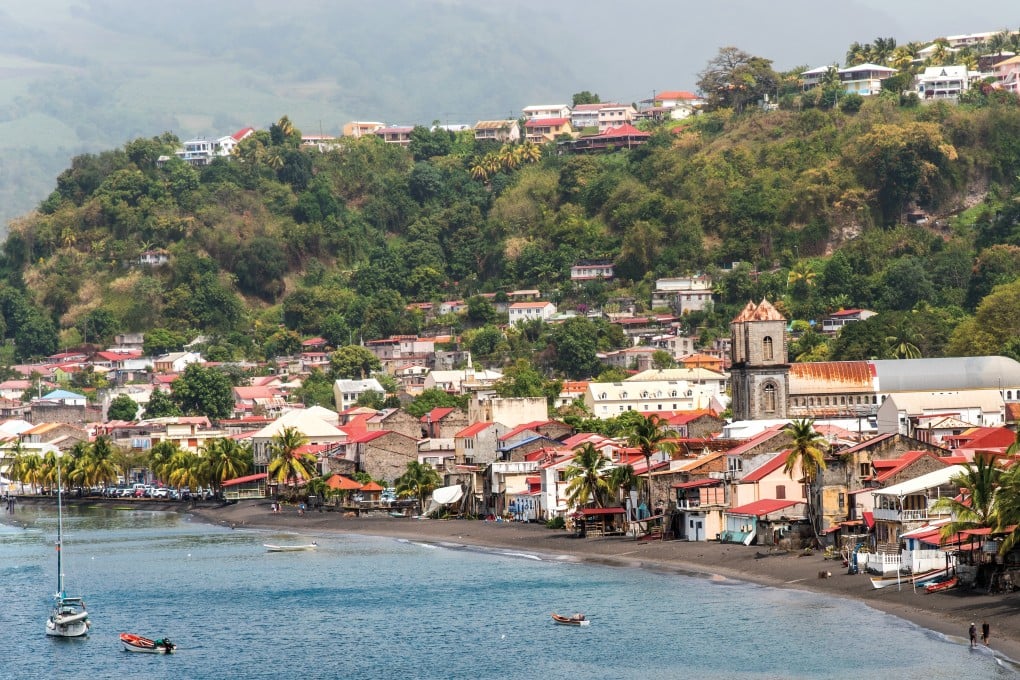Exploring the Caribbean islands of Martinique and Guadeloupe – strong sea legs and smattering of French required
- Navigating between the sublime sandy beaches and quaint villages can test your patience and language skills
- Leave the vehicle-choked cities for rainforests, waterfalls and gorgeous sweeps of palm-tree-lined sand

Our route takes us past dense banana plantations and fields of spiky sugar cane. In the seaside town of Le François, Audrey explains that locals are fighting a losing battle against an invasion of foul-smelling seaweed known as sargassum. Merely inhaling the stuff can cause eye and respiratory problems, especially for children. When French President Emmanuel Macron visited Martinique in 2018, residents blocked a road with home appliances that had been corroded by the toxic gases.
We reach the (sargassum-free) town of La Trinité and while my plain-clothed host spends some quality time with her parents, I explore the beaches, fishing settlements and nature reserves of the Caravelle Peninsula on foot.
It’s a delightfully scenic region but the Caribbean sun is unrelenting; my water bottle is soon empty and with an island-wide bus strike in force, I regret not having hired a car of my own. Sunstroke is averted when Audrey pulls up at a prearranged spot and we set off back to her house.

A department of France, Martinique has an air of prosperity about it. Big-box stores, malls and fast-food outlets give its capital, Fort-de-France, the feel of an American city. I’d read all about the island’s frosty white beaches and the lush, hilly interior; what I wasn’t expecting from a Caribbean paradise were congested highways, bus lanes and clogged car parks. We pass dozens of dealerships, vehicle-repair workshops and spare-parts stores. The car is most definitely king on Martinique.
Downtown Fort-de-France is a melange of mildewing apartments, gaily painted two-storey shophouses and distinctive colonial architecture.